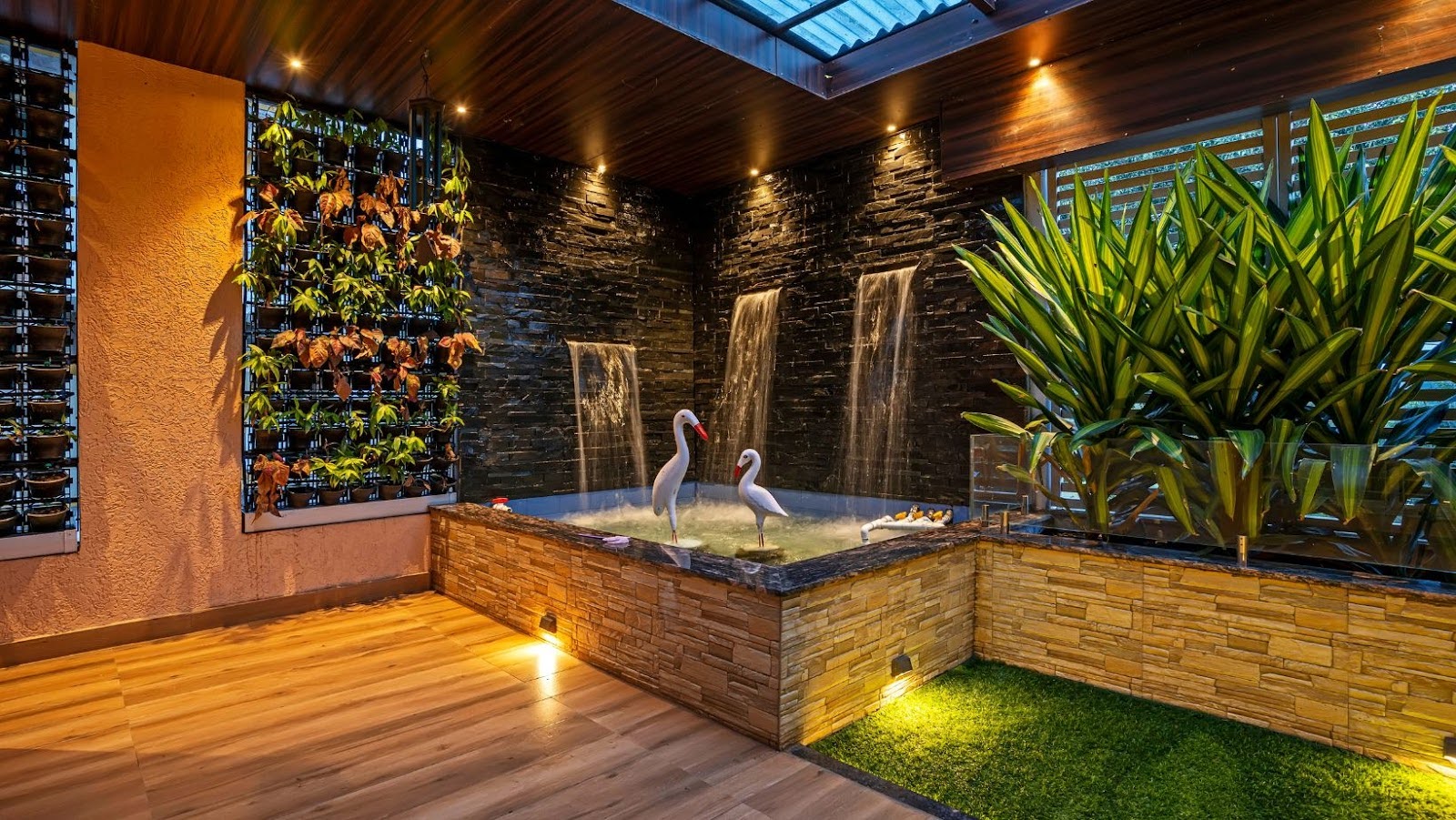Phone:
(701)814-6992
Physical address:
6296 Donnelly Plaza
Ratkeville, Bahamas.

The joy of nurturing greenery indoors has transcended simple aesthetics to become a rewarding lifestyle choice. From purifying the air to improving mental clarity, cultivating a personal indoor jungle brings tangible benefits. Whether you’re new to plant care or already have a windowsill full of succulents, houseplants can transform your space—and your well-being—in powerful ways.
Click here to discover an unexpected way to unwind after a long day of gardening. While your houseplants refresh your space, this thrilling experience can refresh your mind: click here for a unique gaming break that offers an escape from the everyday.
Indoor plants are more than decorative elements—they’re life-enhancing additions to your living space. Research shows that incorporating greenery indoors can significantly reduce stress, improve focus, and boost overall mood. A strategically placed peace lily or a vibrant pothos can change the atmosphere of a room entirely.
Maintaining a plant-filled home also contributes to cleaner air. Many common houseplants have been found to reduce levels of pollutants like formaldehyde and benzene. This natural filtration process enhances indoor air quality, making your environment not only more pleasant but also healthier.
For those working remotely or spending increased time at home, having greenery nearby is a subtle yet impactful way to stay grounded. Houseplants provide rhythm to your day through their watering and care schedules. The act of tending to something living can feel meditative, fostering mindfulness without needing a full yoga session.
Every room has different light levels, humidity, and usage, and choosing the right green companion depends on your specific conditions.
Plants vary widely in their light requirements. Snake plants, ZZ plants, and pothos thrive in lower light, while succulents and cacti demand direct sun. Evaluate the natural light in each room before selecting your leafy companions. East-facing windows tend to offer gentle morning rays, perfect for ferns or prayer plants, while south-facing spaces can support more sun-loving varieties.
If you travel frequently or don’t have time for frequent maintenance, low-care options like jade plants or philodendrons are ideal. On the other hand, if you enjoy a hands-on approach and learning new skills, tropical plants like calatheas and orchids can offer exciting challenges and rewards.
Some houseplants, such as lilies and dieffenbachia, are toxic to pets. If you share your home with furry companions or curious toddlers, prioritize non-toxic choices like spider plants, areca palms, or marantas.
Success with houseplants doesn’t require a green thumb—just the right information and a bit of observation.
Overwatering is one of the most common reasons indoor plants suffer. Always check the soil before adding water. If the top inch feels dry, it’s time to hydrate. Ensure your containers have proper drainage holes to prevent root rot.
Use the correct soil mix for your plant type. Cacti and succulents prefer well-draining, sandy blends, while ferns and tropicals thrive in rich, moisture-retaining soils. Repotting every 12–18 months ensures your plant doesn’t outgrow its container and allows for nutrient replenishment.
During the growing season (typically spring and summer), most houseplants benefit from regular feeding. A balanced, water-soluble fertilizer applied every few weeks can encourage healthy foliage and blooms. Reduce or halt feeding in fall and winter when plants naturally slow their growth.
A well-designed plant setup not only supports growth but also adds personality to your living space.
Mix pot sizes, colors, and textures to create visual interest, and consider grouping plants with similar care needs together.
Just like outdoor plants, indoor varieties require seasonal care adjustments.
Reduced sunlight and indoor heating can affect plant health during colder months. Move plants closer to natural light sources and reduce watering frequency. Avoid placing them near radiators or drafty windows, as extreme temperature shifts can cause stress.
Warmer months are ideal for propagation and repotting. Monitor for pests like spider mites or aphids, which become more active with increased heat and humidity. Wipe leaves regularly to keep them dust-free and photosynthetically efficient.
Creating a thriving indoor garden is more than a hobby—it’s a dynamic way to connect with nature, boost your mental health, and beautify your living space. With a bit of research and consistency, anyone can become a successful indoor gardener. As your collection grows, so too does your understanding of life’s quiet rhythms, one leaf at a time.